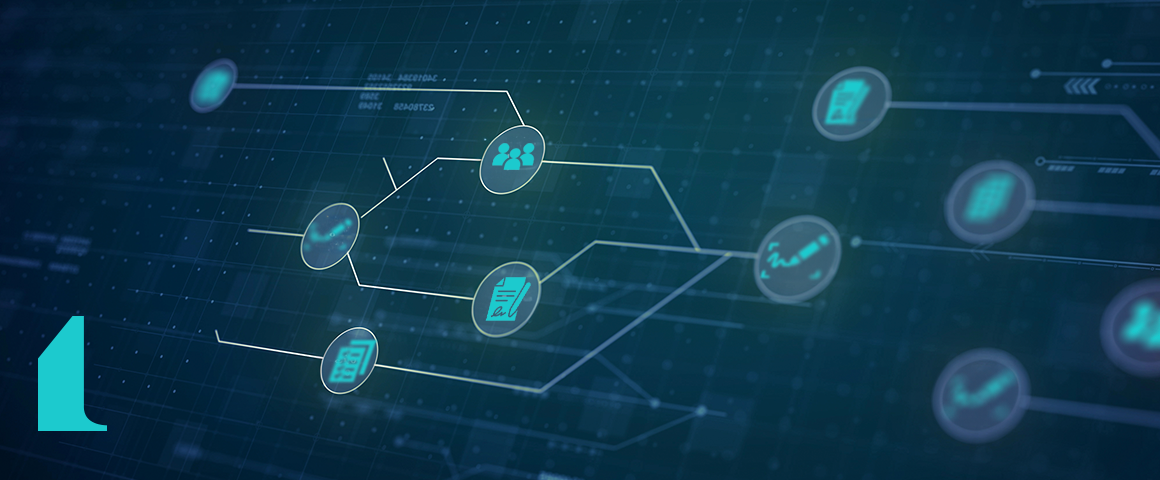Making the Switch: Navigating CLM Implementations and Legacy Contract Migration
In the ever-evolving landscape of legal technology, optimizing your contract management process is no longer just a competitive edge—it’s a necessity. As legal technologists, you’re well aware of the transformative power that contract lifecycle management (CLM) solutions bring to the table. They empower you to deliver data-driven insights, minimize risks, and seize new opportunities, all while streamlining the workflow for your Legal teams.
If you’re considering a switch from another provider or exploring options to enhance your contract management capabilities, you’re likely grappling with questions: How complex is the transition process? What will implementation look like? What about migrating our contract data?
This blog is your compass to navigate the exciting journey of transitioning to a solution that aligns perfectly with your needs—like the innovative Malbek platform.
As you embark on this journey of transformation, think about legacy contracts and data migration. It is a topic that might seem daunting – but fear not. This post will outline the intricacies, share insights, and outline best practices that will make this process a smooth and successful one.
The Dynamic Triad: Human Ingenuity, Streamlined Processes, and Cutting-Edge Technology
People: Establish Ownership and Adoption
- Identify Key Stakeholders: Determine who will be responsible for overseeing the migration process, who will use the new system, and who will provide ongoing support.
- Engage Champions: Designate individuals who champion the new solution within your organization. They will play a crucial role in driving adoption.
- User Training: Plan comprehensive training sessions to ensure that users understand the new system’s features and benefits.
- Change Management: Anticipate resistance to change and develop strategies to address it. Communicate the benefits of the new solution to all stakeholders.
Process: Map Workflows and Streamline Operations
- Map Current Workflows: Understand your current contract management processes. Identify bottlenecks, pain points, and opportunities for improvement.
- Set New Processes: Design streamlined workflows that align with your organization’s goals. Consider best practices and industry standards.
- Approval Processes: Define clear approval hierarchies and establish automated approval workflows. This ensures consistency and compliance.
- Data Cleansing Plan: Develop a plan to clean and organize your data before migration. Remove duplicates, correct inaccuracies, and ensure data consistency.
Technology: Leverage Tools and Integrations
- Integration Strategy: Evaluate existing tools used in your organization. Plan how the new CLM solution will integrate with these tools to facilitate data exchange and streamline operations.
- Customization Requirements: Identify specific features or customization needed to match your organization’s unique needs and processes.
- Scalability Considerations: Anticipate future growth and ensure the chosen solution can accommodate increased data volume and user needs.
- Reporting and Analytics: Define the types of reports and analytics you’ll need from the new CLM solution. This ensures you can derive actionable insights from your contract data.
Bonus Tips for a Smooth Transition:
- Communication Plan: Develop a clear communication plan to inform all stakeholders about the migration timeline, expectations, and benefits.
- Data Validation Testing: Conduct thorough testing to validate the accuracy of data after migration. Test scenarios for structured and unstructured data.
- Pilot Phase: Consider running a pilot phase with a small subset of contracts before fully migrating all data. This helps identify and resolve any potential issues.
- User Feedback Loop: Establish a feedback mechanism to gather input from users during and after implementation. This helps address user concerns and improve user experience.
By addressing the three pillars—people, process, and technology—you’re setting the stage for a successful transition.
Tackling the Challenges of Data Migration: Navigating Structured and Unstructured Data
While implementation focuses on maximizing the potential of the new CLM solution, migration involves data transfer. Implementation and legacy migration are distinct, yet interconnected projects.
The path to transitioning your contract management from an existing provider to a new solution, such as the Malbek platform, is an exciting one, but it comes with its fair share of nuances. Let’s explore how you can effectively address some key challenges while accounting for structured and unstructured data:
- Deciphering nuances in data complexity and unstructured insights:
Contracts are multifaceted documents, often containing a labyrinth of clauses, terms, and nuanced language. When migrating, you need to ensure that the complexity of these contracts is maintained in your new CLM solution. While structured data is relatively straightforward to handle, the challenge arises with unstructured data—capturing the essence of clauses, preserving contextual information, and maintaining the original meaning. Here, employing advanced technologies like Natural Language Processing (NLP) can aid in deciphering and transferring complex data accurately. Malbek can help and so can some of our partners, like Brightleaf.
- Understand the accumulation of data volume and structured data to streamline transition.
Over time, the volume of contracts and associated data can grow substantially. Migrating a vast amount of data necessitates meticulous planning and a scalable approach. You need to assess which data is truly relevant, discard redundant or outdated information, and then strategize how to efficiently move this substantial volume to your new CLM solution. Intelligent data categorization, compression, and data archiving strategies become your allies in taming the data deluge.
- Ensure accuracy and consistency with data quality checks:
Data quality is paramount to any transition. Inaccurate or inconsistent data can lead to erroneous insights, decisions, and operational hiccups. During migration, maintaining the integrity of your data is essential. This involves rigorous data cleansing, deduplication, and validation procedures. You’ll want to identify discrepancies between systems, reconcile conflicting information, and establish protocols to ensure that the migrated data aligns with your business’s needs and standards.
- Safeguarding data security and compliance:
As guardians of confidential contracts and legal information, data security and compliance are non-negotiable. During migration, you must ensure that sensitive data remains protected. This means encrypting data during transit and storage, implementing access controls, and adhering to industry-specific compliance regulations. Any lapse in security could have serious ramifications, both legally and reputationally.
Navigating these challenges requires a well-coordinated effort that combines technology, strategy, and expertise. As you consider migrating from your existing provider to a solution like Malbek, remember that a comprehensive approach—one that addresses data complexity, volume, quality, security, and compliance—will pave the way for a successful transition.
Recognize that legacy migration and implementation are independent projects that should be run in parallel. For migration, you may not need as many stakeholders to be aligned, or champions may just need a dedicated resource to review and analyze the data. They add different values, different results, and a different level of effort.
Let’s embark on this transformation together.
For more insights into our vision and the transformative impact of our solutions on contract management, visit Malbek.






